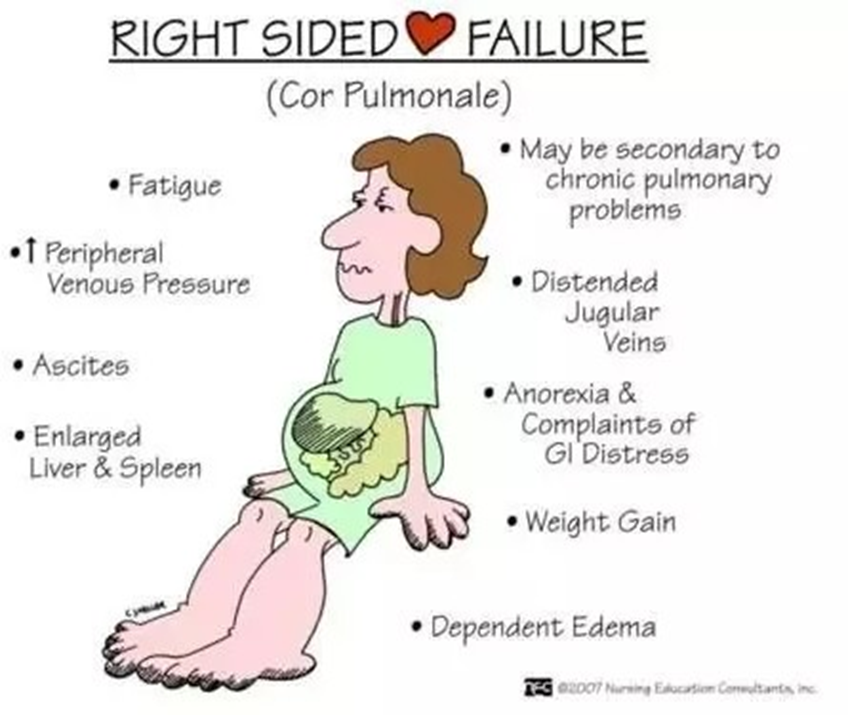A client is admitted to the telemetry unit due to an episode of substernal chest pain.
Diagnostic tests reveal an elevated ST segment on the electrocardiogram (ECG) and an increased cardiac troponin level.
What would be an appropriate initial nursing intervention?
Reduce anxiety and alleviate pain.
Enhance myocardial oxygenation and decrease cardiac workload.
Remove family stressors and provide a tranquil environment.
Initiate a low-sodium diet and limit fluid intake.
The Correct Answer is B
Choice A rationale
While reducing anxiety and alleviating pain are important, they are not the most appropriate initial nursing intervention for a client with substernal chest pain, elevated ST segment on the ECG, and increased cardiac troponin level.
Choice B rationale
Enhancing myocardial oxygenation and decreasing cardiac workload are crucial initial nursing interventions for a client presenting with these symptoms. These actions can help prevent further damage to the heart muscle.
Choice C rationale
Removing family stressors and providing a tranquil environment, while beneficial, are not the most appropriate initial nursing interventions for a client with these symptoms.
Choice D rationale
Initiating a low-sodium diet and limiting fluid intake are important for managing heart failure, but they are not the most appropriate initial nursing interventions for a client with these symptoms.
Nursing Test Bank
Naxlex Comprehensive Predictor Exams
Related Questions
Correct Answer is D
Explanation
Choice A rationale
High-output heart failure is not typically associated with chronic pulmonary disease and elevated pulmonary vascular resistance. High-output heart failure occurs when the heart is unable to meet the body’s increased demand for blood flow, which is not the case in this scenario.
Choice B rationale
Low-output heart failure is also not typically associated with chronic pulmonary disease and elevated pulmonary vascular resistance. Low-output heart failure occurs when the heart is unable to pump enough blood to meet the body’s needs, which is not the case in this scenario.
Choice C rationale
Left heart failure is not typically associated with chronic pulmonary disease and elevated pulmonary vascular resistance. Left heart failure occurs when the left side of the heart is unable to pump enough blood to the body, which is not the case in this scenario.
Choice D rationale
Right heart failure is the correct answer. In the context of a 65-year-old male patient diagnosed with chronic pulmonary disease and elevated pulmonary vascular resistance, the nurse should assess for right heart failure. This is because the right side of the heart pumps blood to the lungs, and if the pulmonary vascular resistance is elevated, it can put strain on the right side of the heart, leading to right heart failure.

Correct Answer is B
Explanation
The statement “I will call an ambulance if I have pain after taking 3 nitroglycerin 5 minutes apart” indicates that the patient understands the correct use of sublingual nitroglycerin (Nitrostat). If chest pain is not relieved after a total of 3 tablets or sprays, this is an emergency situation and medical help should be sought immediately.
Whether you are a student looking to ace your exams or a practicing nurse seeking to enhance your expertise , our nursing education contents will empower you with the confidence and competence to make a difference in the lives of patients and become a respected leader in the healthcare field.
Visit Naxlex, invest in your future and unlock endless possibilities with our unparalleled nursing education contents today
Report Wrong Answer on the Current Question
Do you disagree with the answer? If yes, what is your expected answer? Explain.
Kindly be descriptive with the issue you are facing.
